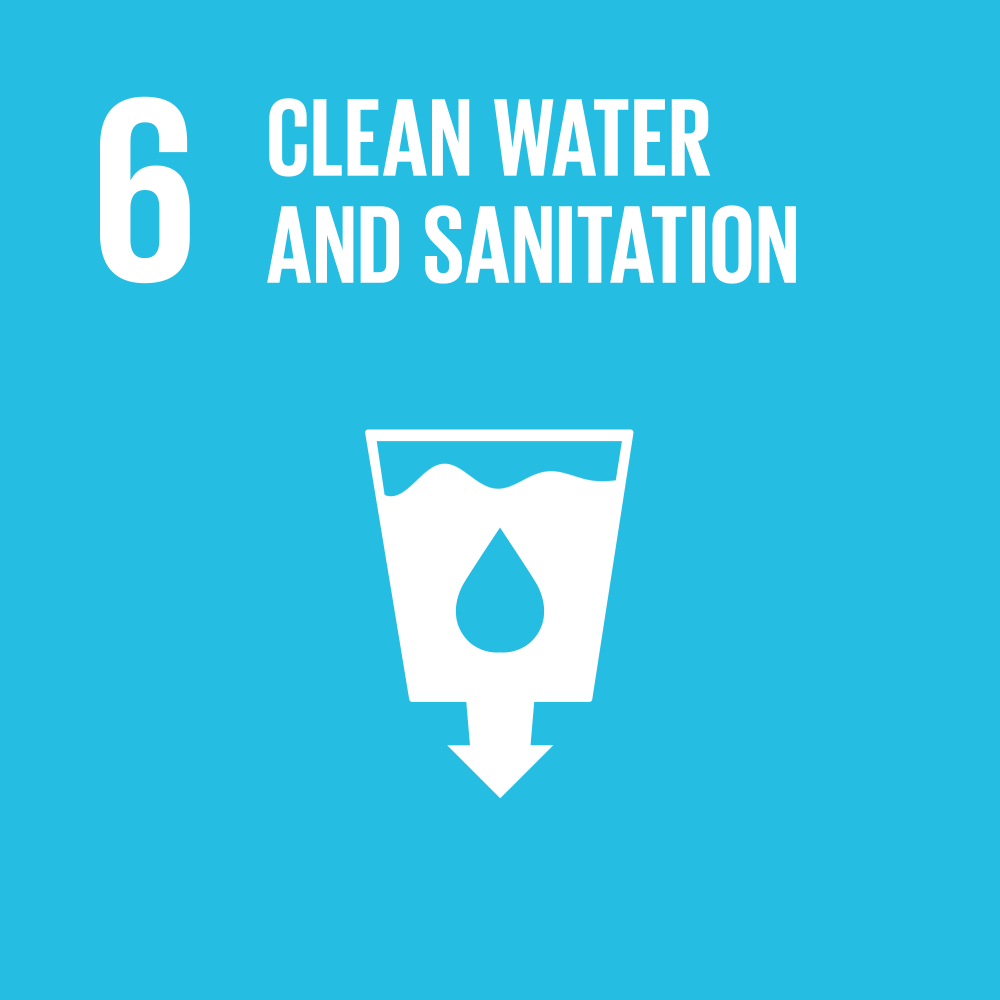World water day
- Javier Trespalacios
- Mar 21, 2022
- 2 min read
Updated: Nov 4, 2024
World Water Day is celebrated every March 22 since 1993, with the aim of raising awareness about the value of this important natural resource for all species on the planet; this proposal was presented during the United Nations Conference on Environment and Development in Rio de Janeiro in 1992.
This day is supported by SDG 6 - Clean water and adequate sanitation for the entire population in the world, whose purpose is to "Guarantee the availability of water and its sustainable management and sanitation for all".

75% of the planet's surface is covered with water; of that percentage, 97.5% are the oceans, and 2.5% is sweet suitable for human consumption.

The water footprint and virtual water are tools to analyze the environmental impact of a product or service on water.
The water footprint is an environmental indicator used to estimate the volume of sweet water used in the production of goods and services. There are several types of water footprint depending on where the water comes from:
Blue water footprint: is the amount of water that comes from natural or artificial sources (rivers, lakes and aquifers) used for the production of a product or service.
Green water footprint: it is the amount of rainwater for the manufacturing process of a product.
Gray water footprint: the amount of water needed to dilute polluting substances until the water is clean enough to pass quality controls.
Virtual or hidden water is the amount used to obtain a product, including that required during cultivation, processing, transportation, and others.

For example, the hidden water of a cotton shirt is 185 liters, for a kilo of bananas it is 865 liters and a beer is 75 liters.



BACAN4D
SLOT TOTO
SLOT GACOR
LINK GACOR
LINK ALTERNATIF
AGEN TOGEL
TOTO MACAU
BACAN4D